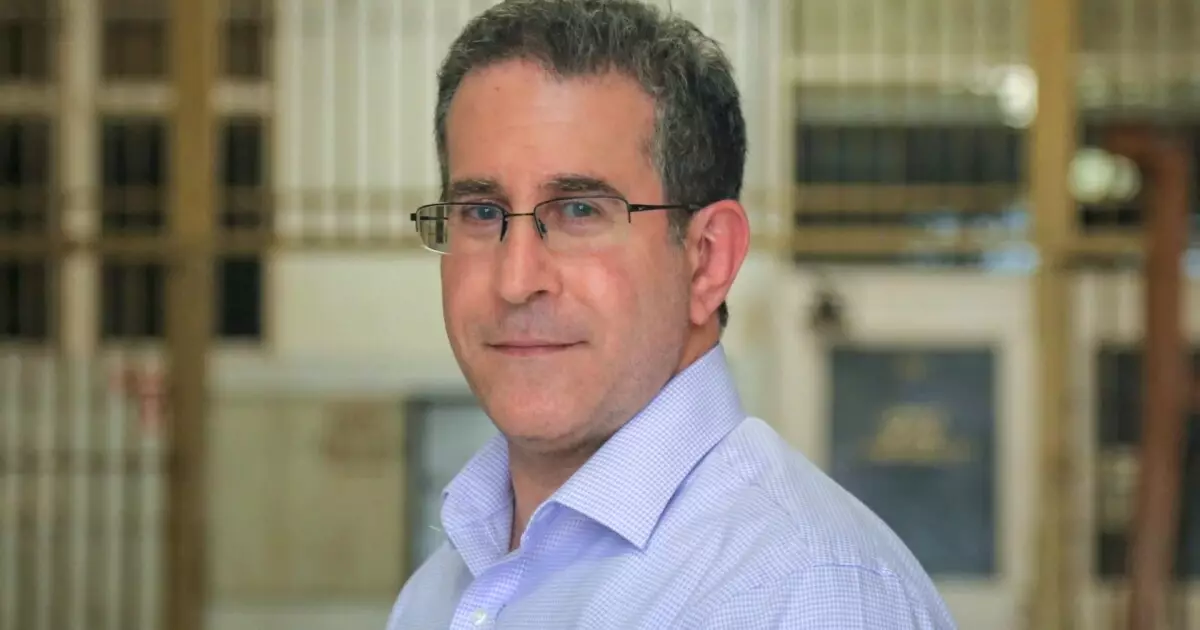Recent market fluctuations have left veterans like Jay Olson, New York City’s deputy comptroller for public finance, feeling the heat in an unprecedented manner. For someone whose career has spanned the trials of 9/11, the Great Recession, and the COVID-19 pandemic, the current situation seems uniquely daunting. When Olson states that the stress levels of late last week were comparable to those harrowing events despite the absence of an obvious trigger, it highlights a critical dilemma in municipal finance today: volatility is now a perpetual state rather than a sporadic crisis.
What’s astonishing is the city’s resilience displaying the capacity to price $1.57 billion in bonds despite a chaotic financial backdrop. While Olson’s team might have briefly considered pulling back from the tumult, they quickly realized that avoidance was not an option; nearly $18 billion in bonds needed to be priced within the year. This speaks volumes about New York City’s unwavering financial hardiness, but it also raises questions about the sustainability of such resilience amid ever-mounting economic pressures.
Market Realities and Investor Reactions
Olson recently confessed that even a yield of 4.87% for bonds maturing in 2053 isn’t optimal, but is a necessary evil given current conditions. His pragmatic approach symbolizes a shift in mindset among municipal finance professionals navigating through a tighter investment climate. With several other issuers opting to pull their deals amidst uncertainty, New York City appears almost fearless, or perhaps recklessly audacious, charging forward with another $1.75 billion taxable GO bond offering.
Investors don’t want to be caught off guard, especially in the municipal market where liquidity has been scantier than a few years prior. The reality is that individuals putting their money into municipal securities today will demand a significant premium over historical yields to be compelled to take on that risk. Olson’s candidness about the non-negotiable nature of the city’s capital needs throws light on a stark truth: in today’s environment, municipalities with less urgency might have to fold their cards altogether. The consequence? A further deepening of the financial chasm as essential services strain under inadequate funding.
The Institutional Confidence Factor
According to Patrick Luby, a senior municipal strategist at CreditSights, there exists an intriguing dynamic. He suggests that despite the tariff-induced turbulence, institutional confidence may resurrect as issuers resume delayed deals. Given New York City’s substantial economic heft and noteworthy population, investors are still likely to see it as an essential component of their portfolios. This is crucial, as it suggests that, while the yields are higher, they also come with a perceived assurance that New York City remains a cornerstone of municipal investment.
However, one can’t help but question the underlying factors that drive this confidence. In an era where federal policies threaten crucial funding streams for New York, how robust can such confidence really be? Federal bureaucracy is increasingly encroaching upon local financial autonomy, creating an unsettling atmosphere where financial dependency becomes an avenue for manipulation. The whimsical nature of political maneuvering in Washington implies that even New York is not immune to whims that could endanger its financial standing.
A Resilient Yet Vulnerable Future
New York City is undoubtedly in a position where it cannot afford to be picky about who invests in its bonds. Olson’s remarks about the shrinking line in the sand for acceptable yields underscore this vulnerability. While New York has the luxury of being a significant player in both national and global economics, the very things that make it essential—like its dense population and business activity—are now double-edged swords in financial negotiations.
Federal threats are looming larger than ever, with cuts in federal education funding and FEMA grants becoming potential risks. While Luby emphasizes that these factors currently do not pose a significant alteration to New York’s credit risk, one wonders about the long-term implications. Are we witnessing a precarious balancing act where the city maintains its reputation while simultaneously storing up a series of potential crises down the road?
In this dance of precarious finances, the stakes couldn’t be higher. A city fueled by enormous ambition and desire for progress finds itself grappling with not only the burdens of its infrastructure but also the looming specter of political ripple effects and investor uncertainties. As Olson presses on with grit amid a somewhat tumultuous market, one must ponder whether this tenacity is a marker of genuine strength or simply a deferral of reckoning.

